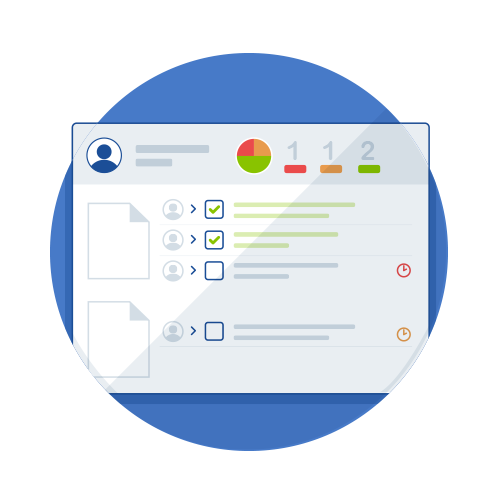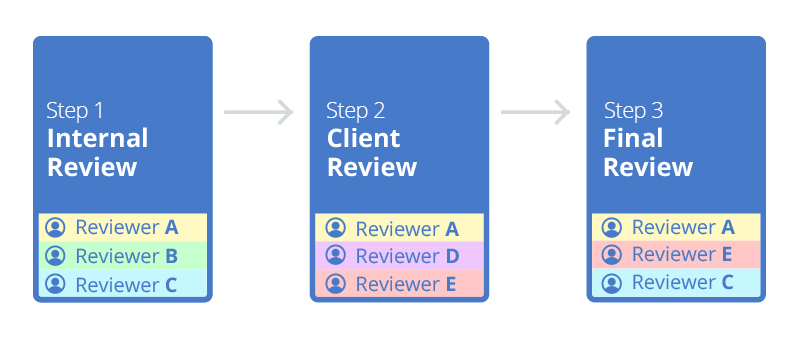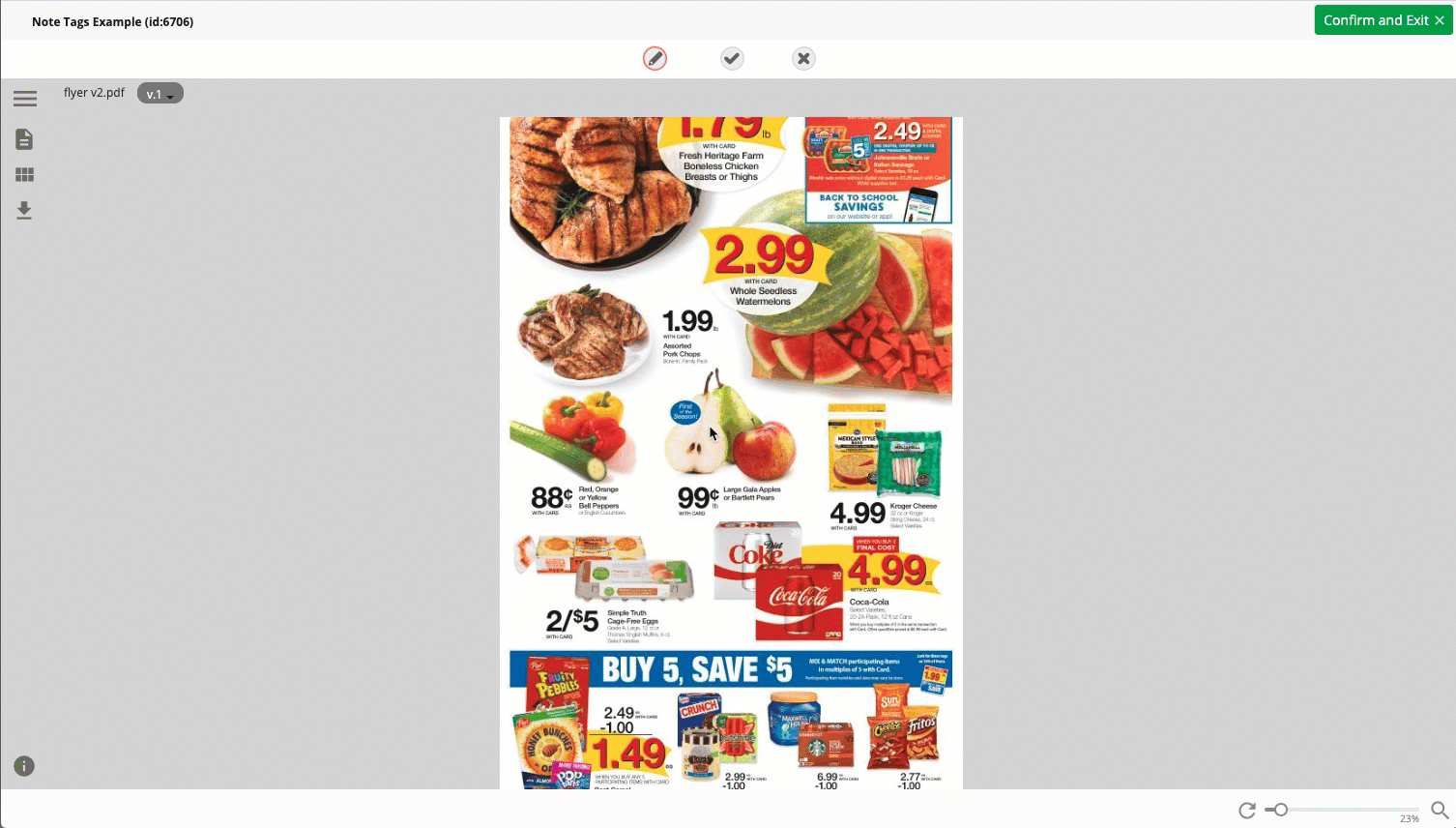What is Enterprise Workflow Management Software


What is Enterprise Workflow Management Software
February 15, 2022 9:18:00 AM EST
13
min read
2021/R4 Aproove WM core updates to improve speed and performance!


2021/R4 Aproove WM core updates to improve speed and performance!
July 23, 2021 3:18:44 AM EDT
4
min read
Essential Guide to Workflow Models


Essential Guide to Workflow Models
July 1, 2021 2:00:00 AM EDT
13
min read
Aproove Version 4.3.4.3 Release Notes


Aproove Version 4.3.4.3 Release Notes
May 10, 2021 12:02:41 PM EDT
2
min read
Introducing Note Tags!


Introducing Note Tags!
July 17, 2020 1:03:27 PM EDT
3
min read
